Consultation has concluded
Construction on a new 2.8km two-way cycleway between Kingsford to Centennial Parklands is currently under construction.
The project, developed by Randwick City Council and being delivered by Transport for NSW, is part of a $240 million investment by the Australian and NSW Governments to fix congestion hotspots, expand the cycling network and help the economic recovery from the COVID-19 pandemic. Visit the Transport for NSW website for more on the construction of the cycleway.
Have your say on replacement tree species
CONSULTATION COMPLETE. You can read theOutcomes Report to find out people's preferred species and locations.
As part of construction of the cycleway, approximately 47 trees are required to be removed. Both Transport for NSW and Randwick Council have worked hard to design the cycleway to minimise tree loss. The trees being removed have been assessed as part of the Review of Environmental Factors and are mostly non-native trees and were found not to be ecologically sensitive.
To compensate for the loss of trees, more than 141 native replacement trees will be planted as part of the project.
You can get involved in the replacement tree planting program by:
- Taking our tree replacement survey to give feedback on your preferred tree species; and
- Using our interactive map to identify suitable locations for new trees to be planted.
Please note: While Council will take on board all community requests for specific species and locations, not all requests may be able to be delivered and will be dependent on the location chosen, conditions and neighbouring tree species.
Proposed tree replacement species
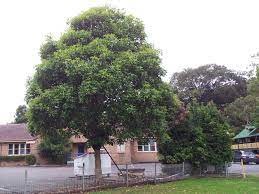 | Brush box A hardy, native tree with evergreen foliage and clusters of cream-white star shaped flowers in spring and summer. Grows to 10m in height and provides great shade. |
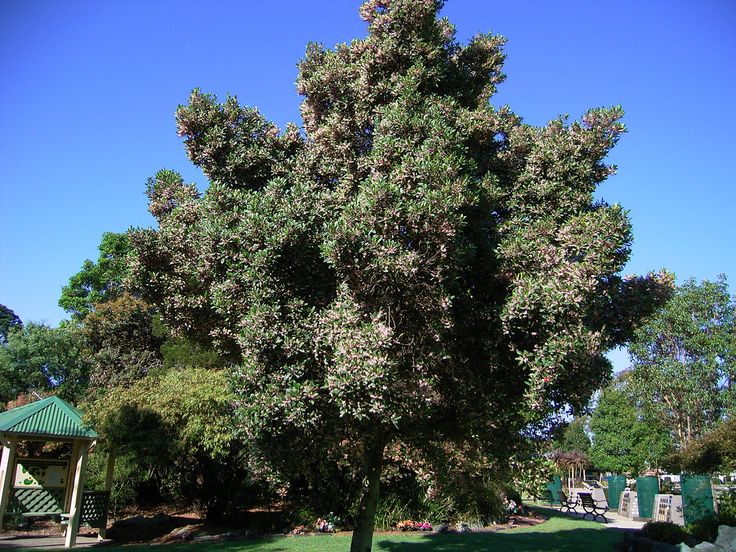 | Blueberry Ash A hardy evergreen native tree with a dense crown of foliage and an approximately conical form. It has masses of delicately fringed small pink flowers in spring that turn into blue berries which are attractive to seed eating birds. It requires little maintenance to thrive and grows to 7m in height. |
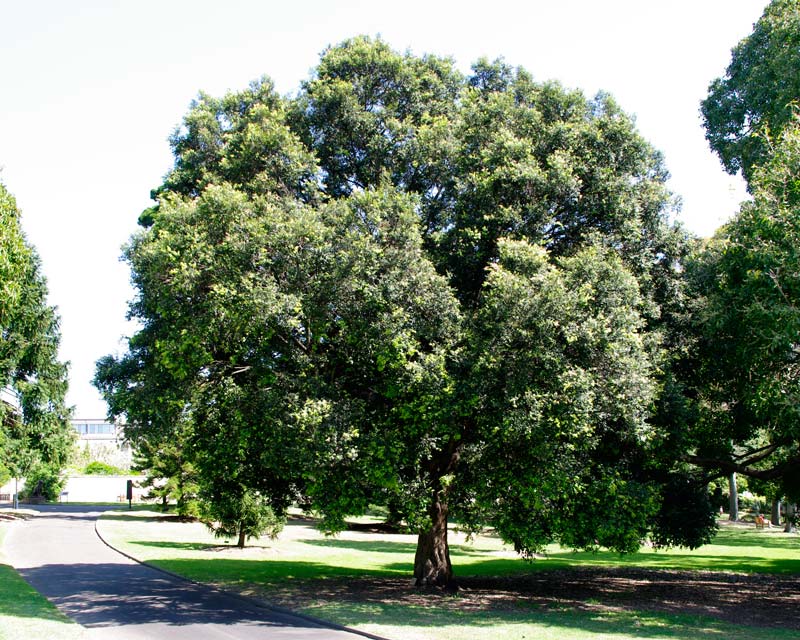 | Small Leaf Lillipilly An evergreen native tree with a dense, rounded crown of weeping, glossy, dark green foliage. Produces showy sprays of white, fluffy flowers in spring, which are followed by edible red, pear-shaped fruit. Grows to 5m in height. |
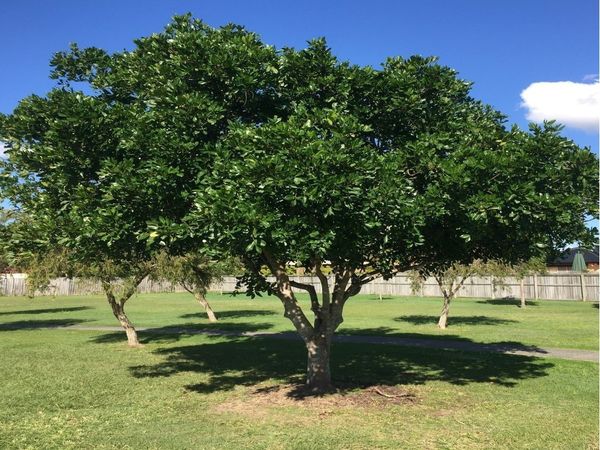 | Tuckeroo A small evergreen, native tree with attractive glossy green large leaves, smooth grey bark, and a spreading crown shape. It has green-yellow flowers in spring followed by decorative orange-yellow seed pods in summer. grows to 6m in height. |
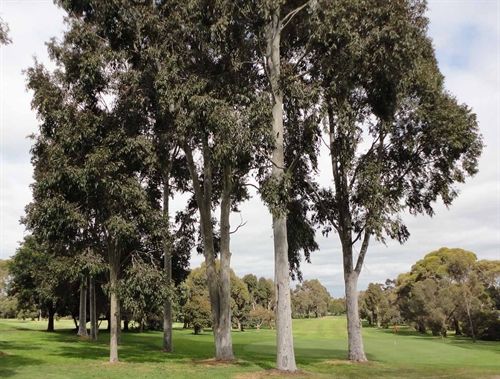 | MAIN ROADS OR PARKS ONLY Spotted Gum Corymbia maculata A medium to tall evergreen native tree with smooth cream to dark grey or bluish bark with a spotted or blotched appearance. The flowers are white, fragrant and carried in clusters of three to five. As this tree grows to 20m in height it is suitable only for parks and open spaces or main roads. |
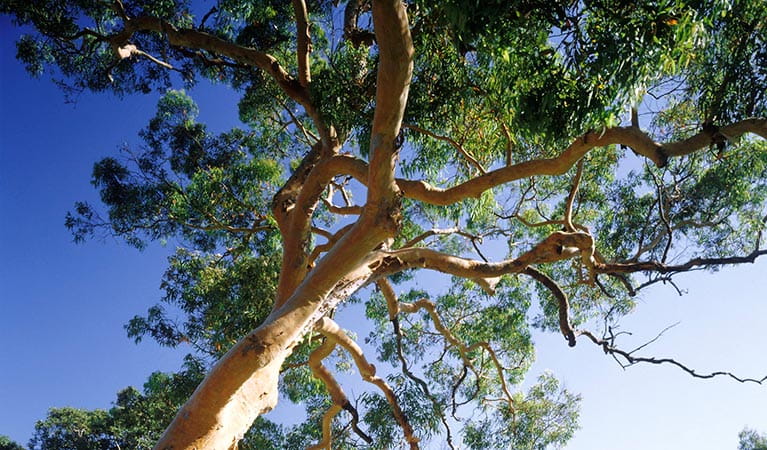 | MAIN ROADS OR PARKS ONLY Smooth-barked Apple Angophora costata An evergreen native tree with peeling salmon pink to pale grey bark. Small white flowers are borne in mass in spring, leading to small gum nuts that are not problematic for lawnmowers. As this tree grows to 18m in height it is suitable only for parks and open spaces or main roads. |
consultation period: 3 August to 5pm, 31 August 2022.
Interactive map - Request a tree
CLOSED: This map consultation has concluded.
Tree species survey
CLOSED: This survey has concluded.
Tree species survey
Take this survey to tell us your preferred tree replacement species. To take the survey you need to be registered on this site.
Privacy: Your privacy is important to us. We will not make public your personal details, but we may use excerpts of your comments and feedback (without identifying details) as part of our community consultation analysis and in reporting the outcomes of this consultation to Council for their consideration.
Consultation has concludedWalking and cycling improvements: Kingsford to Centennial Park - Draft
Council welcomes your feedback on the planned cycling and walking improvements: Kingsford to Centennial Park.
Ask a question
Consultation has concluded
Q&A
Description
To ask a question you must create an account or log in.
These are the people that are listening and responding to your questions.
The Project Team
{{question.description}}




